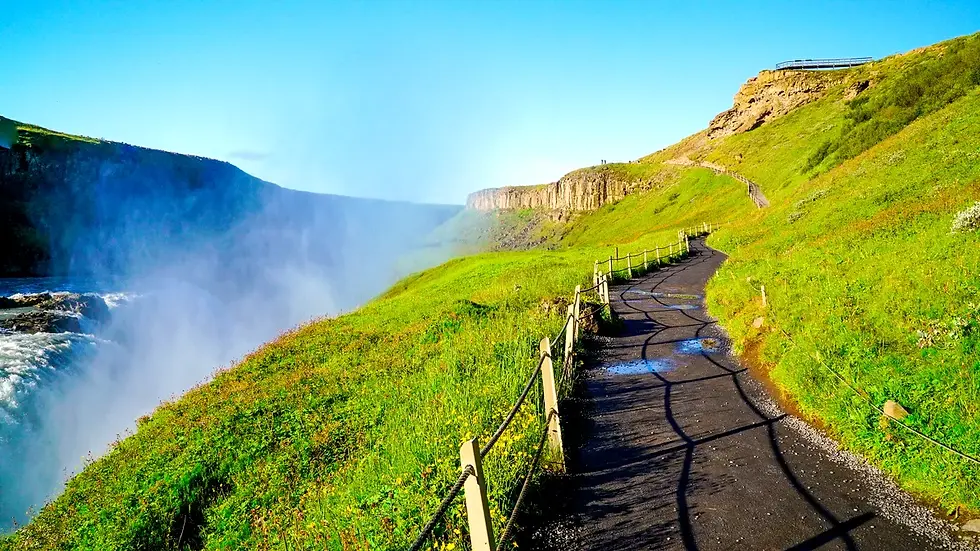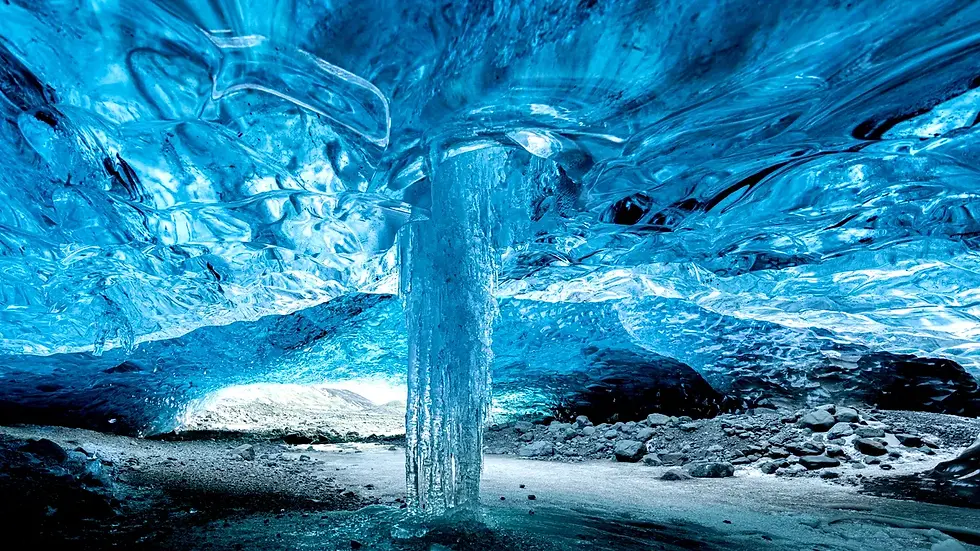May in Iceland is a magical time of year. The weather begins to warm, the days grow longer, and the country’s stunning landscapes come alive with vibrant colors. Whether you’re looking to explore Reykjavik in May or venture into the rugged wilderness, there are countless things to do in Iceland in May. This guide will cover everything you need to know, from weather in Iceland in May to the best activities and sights to make your trip unforgettable.

Weather in Iceland in May
Iceland weather in May is generally mild and more predictable compared to the winter months. Daytime temperatures range from 4°C (39°F) to 10°C (50°F), making it a pleasant time for outdoor activities. Reykjavik weather in May can be slightly cooler due to its coastal location, but it’s still comfortable for sightseeing and exploring the city.
The increase in daylight hours is one of the most significant changes in Iceland in May. By the end of the month, you can experience up to 20 hours of daylight, which provides ample time to take in the breathtaking scenery and participate in various activities.
Things to Do in Iceland in May
May is an excellent time to explore Iceland’s diverse landscapes and engage in various outdoor adventures. Here are some of the best things to do in Iceland in May:
1. Explore Reykjavik
Reykjavik in May is bustling with activities. You can explore the city’s vibrant art scene, enjoy the local cuisine, and visit iconic landmarks such as Hallgrimskirkja Church and Harpa Concert Hall. The city’s numerous parks and geothermal pools are also perfect for relaxing and unwinding.

2. Golden Circle Tour
A trip to Iceland wouldn’t be complete without touring the Golden Circle. This popular route includes Thingvellir National Park, Gullfoss Waterfall, and the Geysir geothermal area. The milder weather in Iceland in May makes it ideal for exploring these natural wonders.

3. Visit Waterfalls
Iceland is home to numerous stunning waterfalls, and May is a great time to visit them. Some of the must-see waterfalls include Seljalandsfoss, Skogafoss, and Godafoss. The melting snow and increased rainfall make these waterfalls particularly impressive in spring.

4. Whale Watching
May marks the beginning of the whale watching season in Iceland. You can join a whale watching tour from Reykjavik or Husavik and spot various species such as humpback whales, minke whales, and dolphins.

5. Hiking and Nature Walks
The longer days and mild temperatures make May perfect for hiking. Popular trails include those in the Vatnajokull National Park and the trails around the Landmannalaugar area. These trails offer stunning views of glaciers, hot springs, and colorful rhyolite mountains.

6. Relax in Hot Springs
After a day of exploring, there’s nothing better than soaking in one of Iceland’s natural hot springs. The Blue Lagoon is the most famous, but there are many other geothermal pools to discover, such as the Secret Lagoon and Myvatn Nature Baths.

7. Exploring Ice Caves
While ice caves are typically associated with winter, some caves, like those in the Vatnajokull glacier, are accessible in May. Guided tours provide a unique opportunity to see the mesmerizing blue ice formations.

Northern Lights in May
One of the common questions travelers have is whether they can see the Northern Lights in May. Northern Lights Iceland May is a tricky subject, as the increasing daylight hours reduce the chances of seeing the auroras. However, early May still offers a slim chance, especially if you are in a dark area away from city lights.
Can You See the Northern Lights in May in Iceland?
While it’s possible, it’s not guaranteed. The best chances are during the first half of May, and you would need to be in areas with minimal light pollution. For those determined to catch a glimpse, consider joining a guided Northern Lights tour.
Why Visit Iceland in May?
Is May a good time to visit Iceland? Absolutely. The combination of mild weather, longer days, and fewer tourists makes it an ideal time to explore the country. Here are some additional reasons why May is a good time to go to Iceland:
Fewer crowds: Compared to the summer months, May sees fewer tourists, allowing you to enjoy popular attractions with less hassle.
Lower prices: Accommodation and flights are generally cheaper in May than in the peak summer season.
Bird watching: May is a prime time for bird watching, especially puffins, which start nesting along the coast.
Spring festivals: Experience local culture through various spring festivals and events, such as the Reykjavik Arts Festival.

Practical Tips for Visiting Iceland in May
1. What to Pack
Layers: The weather can be unpredictable, so packing layers is essential. Include a waterproof jacket, thermal layers, and comfortable hiking boots.
Swimwear: Don’t forget your swimwear for the hot springs and geothermal pools.
Daylight: Bring an eye mask if you’re sensitive to light, as the long daylight hours can make it difficult to sleep.
2. Renting a Car
Renting a car is highly recommended for exploring Iceland at your own pace. Roads are generally in good condition, but always check the weather and road conditions before heading out.
3. Fuel Prices
Fuel prices in Iceland are relatively high. As of 2024, the average price of gasoline is around 240 ISK per liter (approximately $1.85 USD). Diesel prices are slightly lower. Plan your budget accordingly and consider renting a fuel-efficient vehicle.
4. Currency and Payments
The currency in Iceland is the Icelandic Krona (ISK). Credit and debit cards are widely accepted, but it’s always good to have some cash on hand for small purchases.
5. Language
English is widely spoken in Iceland, so communication shouldn’t be an issue. However, learning a few basic Icelandic phrases can be appreciated by locals.
Frequently Asked Questions About Iceland in May
Is it a good time to go to Iceland in May?
Yes, May is a fantastic time to visit Iceland due to the mild weather, extended daylight hours, and fewer tourists compared to the peak summer months.
Can I see Northern Lights in May in Iceland?
There is a slim chance of seeing the Northern Lights in early May, but as the month progresses and the days get longer, the chances diminish significantly.
Can I see the Northern Lights in May?
While possible, it’s not very likely due to the increased daylight hours. For better chances, consider visiting between September and April.
What are the best months to visit Iceland?
The best months to visit Iceland are typically from June to August for summer activities and from September to April for Northern Lights and winter adventures.
Planning your trip to Iceland in May offers a blend of adventure and tranquility, making it an excellent choice for travelers seeking both natural beauty and cultural experiences. Whether you’re exploring Reykjavik, embarking on a Golden Circle tour, or soaking in hot springs, visiting Iceland in May promises unforgettable memories. For more information and travel tips, visit Travel to Iceland.
By following this guide, you will be well-prepared to enjoy the best things to do in Iceland in May, from witnessing the majestic waterfalls to relaxing in geothermal pools. Embrace the mild weather and longer days as you explore this incredible destination.